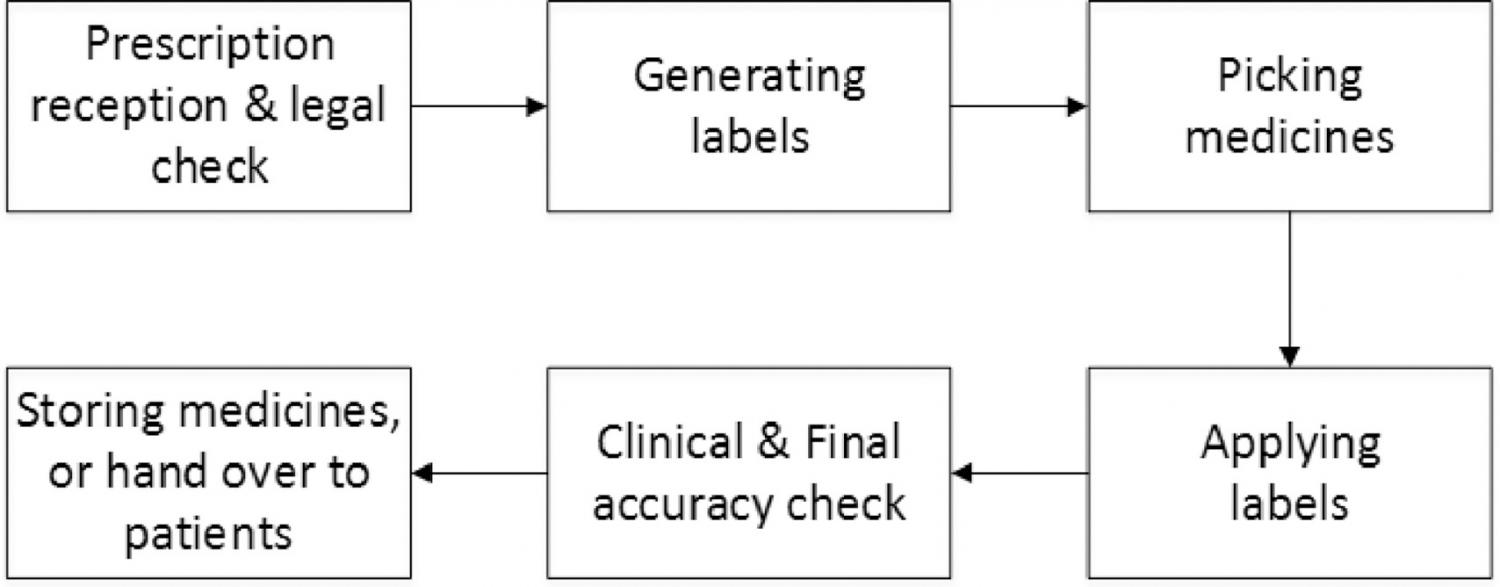
Elsevier, Reliability Engineering and System Safety, Volume 182, February 2019
It has been estimated that European customers visit community pharmacies to access essential primary healthcare around 46 million times every day. Studies of dispensing error rates in community pharmacies have reported error rates of between 0.08% and 3.3% per item dispensed. While severe cases of dispensing inaccuracies often garner a high level of media coverage, less significant errors are also causing inefficiencies in primary healthcare delivery. If a variety of dispensing protocols and their consequences could be analysed using a modelling tool, the results would form the evidence for decisions on best practice guidelines in order to improve patient safety and pharmacy efficiency. This paper presents a Coloured Petri Net (CPN) modelling technique for analysing the reliability and efficiency of a community pharmacy dispensing process. The proposed approach is a novel method for considering reliability and efficiency in a single simulation based model. The CPN model represents how a team of practitioners work together to complete a set of tasks carried out in community pharmacies. It describes a close-to-reality dispensing process, which evaluates pharmacy performance over a number of key performance indicators of process reliability and efficiency, and records how staff distribute their time between tasks. Where possible, results are validated against published studies of community pharmacies.
